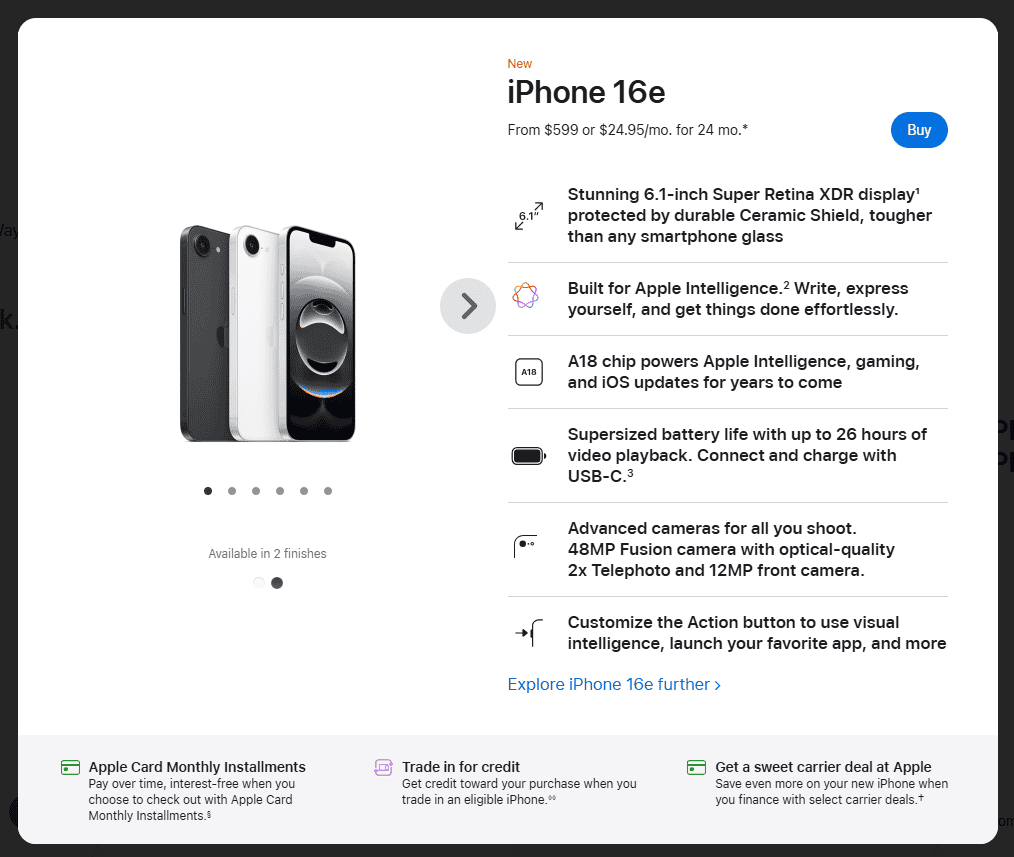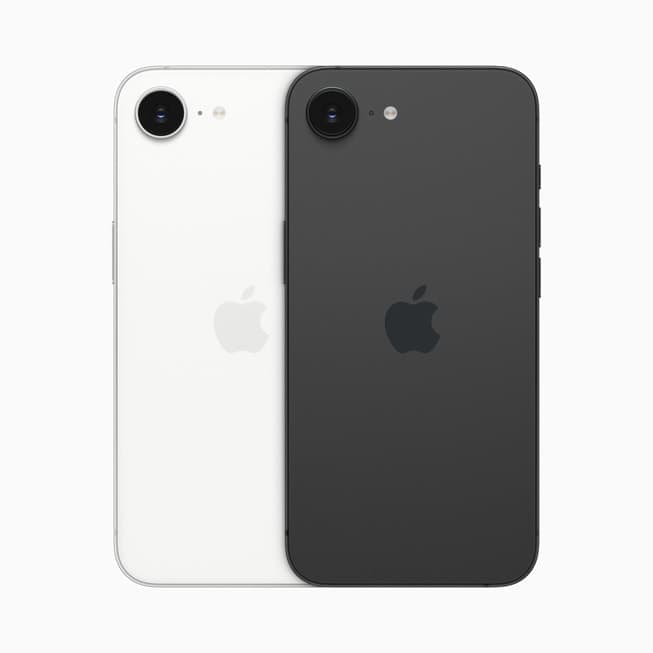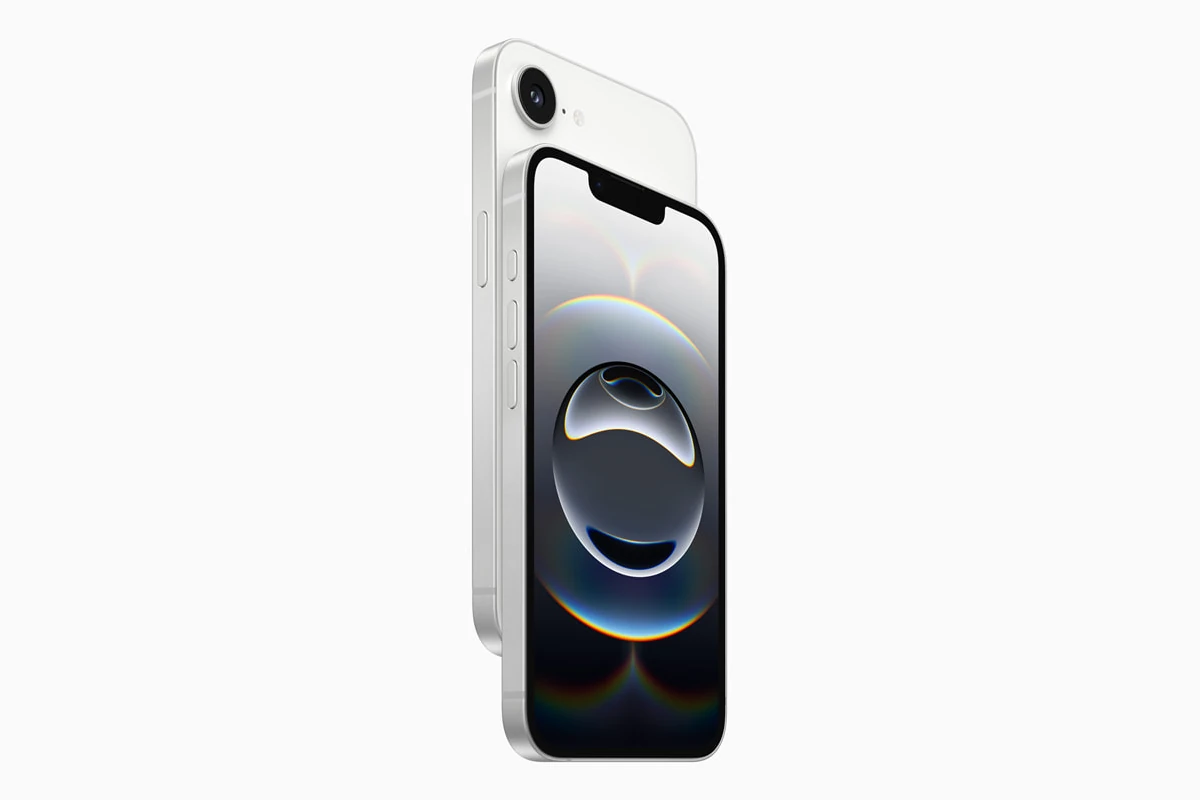If you’re holding on to an older iPhone (especially the XR, XS, or XS Max) you’re about to get left behind — both in software support and in price. Apple is expected to discontinue support in iOS 19 for those 3 models this September when iOS 19 rolls out and with the tariffs kicking in soon now might be the last time you see iPhone prices at the levels they are currently at.
Our favorite deal of all – the iPhone 16e, Apple’s newest budget-friendly model, starting at just $599. This might be your last shot at a powerful, modern iPhone before the tariff storm sends prices sky-high.

https://www.apple.com/shop/buy-iphone
If you’re thinking about upgrading, do it now — because what’s coming could permanently change how much iPhones cost in the U.S.
iOS 19 Is the End of the Road for Your Phone

Apple is expected to drop support for all A12 Bionic devices with the release of iOS 19 this fall. That includes:
- iPhone XR
- iPhone XS
- iPhone XS Max
If you’re using one of these, iOS 18 will be your final update. No more features. No more performance improvements. And over time, no more app compatibility. You’ll fall behind quickly — especially as Apple’s new AI tools and cloud-integrated features leave older hardware in the dust.
The iPhone 16e Is the Smartest Upgrade Right Now

Apple released the iPhone 16e in early 2025 as a more accessible alternative to its flagship models. And despite the lower price, it packs serious power:
- A18 chip – the same processor in higher-end 16-series models
- 48MP Photonic Fusion camera – a massive leap over the 12MP sensors in XR/XS models
- Apple Intelligence support – onboard AI features like writing tools, notification summaries, and Genmoji
- C1 Apple modem – faster speeds, better battery, and more efficient 5G
- Starts at $599 – for now…
This phone gives you 90% of the flagship experience at nearly half the price. That’s about to change.
Tariffs Could Trigger a Historic Price Hike
Here’s what’s coming: a new wave of tariffs hitting not just China, but India, Vietnam, Malaysia, Thailand, and other countries where Apple has shifted iPhone production. The key numbers:
- 54% tariff on China (where most iPhones are still made)
- 26% on India
- 46% on Vietnam
- 37% on Thailand
- 32% on Indonesia
- 20% on Ireland
Apple’s diversified supply chain was supposed to protect them from situations like this. Instead, every major region they manufacture in is being hit. That means Apple can’t escape these tariffs — and neither can you.
Apple has reportedly been stockpiling iPhones in the U.S. ahead of the deadline, but once that inventory dries up, expect price hikes as early as this summer or fall.
From $599 to $999? Why Prices May Never Go Back Down
This isn’t just a temporary bump. As one Reddit user put it:
“The shitty thing is once products go up in price, they almost never go back down. The tariffs situation — even if reversed — is going to leave permanent damage.”
Apple held the line on pricing for years. Since the iPhone X launched in 2017, the base price for flagship iPhones has stayed at $999 — despite inflation, supply chain issues, and even COVID. But now, analysts say we could see:
- iPhone 16 base model: $1,500
- iPhone 16 Pro Max: $2,300
- iPhone 16e: easily $899 or more
Why? Because Apple is running out of options. Even if they absorb some of the cost, they’ll need to offset the rest. And here’s the ugly truth: companies rarely lower prices once they find out people will still pay.
“Just Finance It” Is the Trap
Apple, carriers, and retailers are going to make it look easy. They’ll pitch you $0 down, $40/month deals. They’ll bake it into your carrier plan. But the total cost will still be $1,500 — just hidden under installment fog.
Consumers will fall into long-term finance traps, leasing phones they never actually own. We’re talking about 24- to 36-month commitments just to get a basic phone — and good luck upgrading yearly like you used to.
Consumers Are Already Reacting
Across Reddit and tech forums, users are strategizing. Some are buying now to avoid tariff markups. Others are planning road trips to Canada or Mexico to grab iPhones at lower prices. Some are vowing to stick with their current phones for years — or switch to $500 Androids.
“Apple will make their money either way, but if U.S. sales crash, their stock will take a hit.”
“People are going to hold on longer, buy used, or skip the upgrade cycle altogether.”
“The tariffs affect everything — even stuff made in the U.S. uses imported components.”
What Apple Might Do — and Why That Shouldn’t Stop You From Acting
Apple’s next moves will likely include:
- Negotiating with suppliers for better rates
- Eating a small portion of the cost to keep margins stable
- Prioritizing Indian-made iPhones for U.S. stores (26% tariff vs. 54% from China)
- Launching trade-in promotions and maybe even a hardware subscription service
But none of that guarantees you a good deal.
Why Now Is the Sweet Spot
You’re in a rare moment where:
- The iPhone 16e is available, powerful, and reasonably priced
- Your XR/XS still has trade-in value
- The tariffs haven’t hit retail yet
- Apple still wants to keep consumers upgrading without sticker shock
Once that balance shifts — and it will — you’ll wish you’d made your move sooner.
If you’re still holding onto an XR, XS, or XS Max, the smartest move you can make in 2025 is to grab a 16e now. Before tariffs turn a $599 phone into a luxury item. Before Apple changes the rules. Before your iPhone gets left behind.







